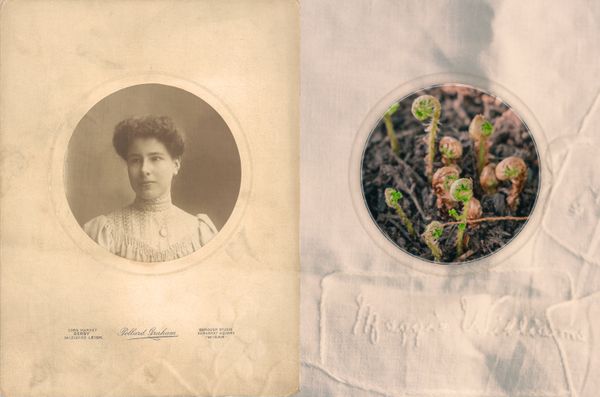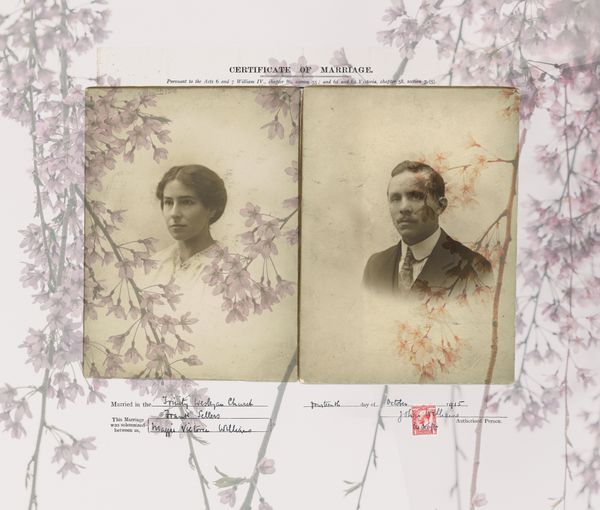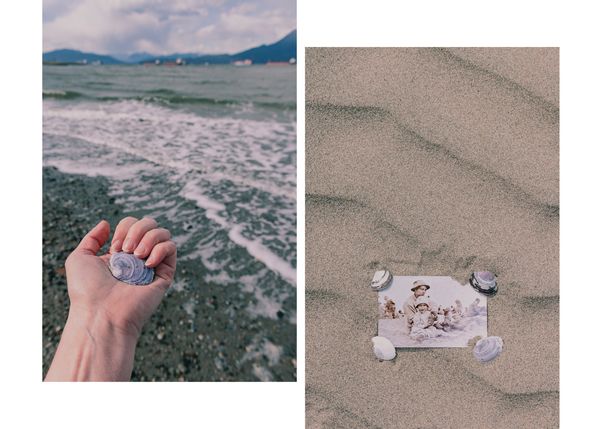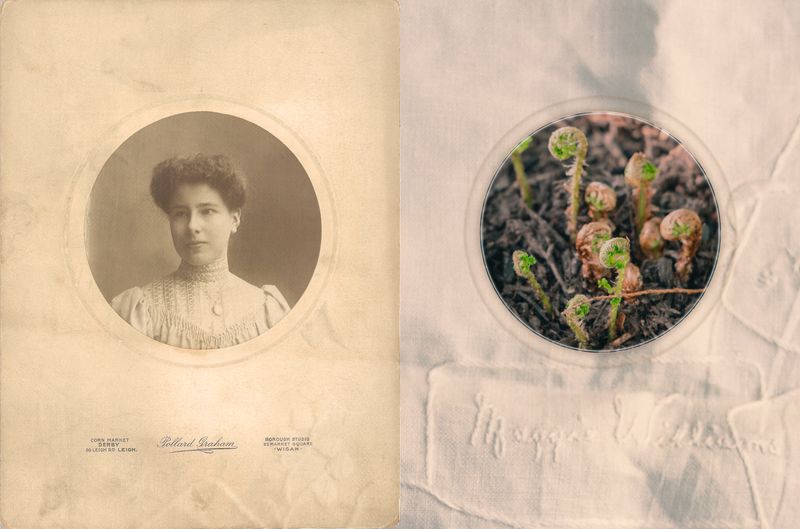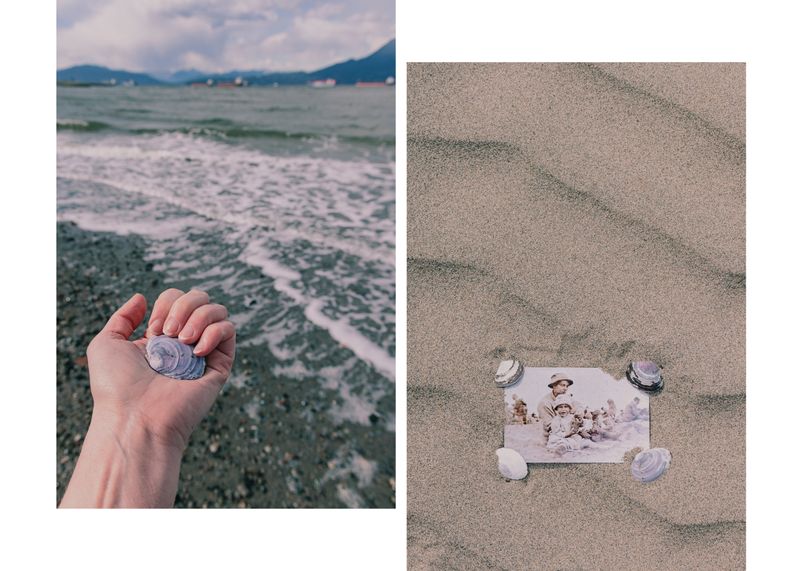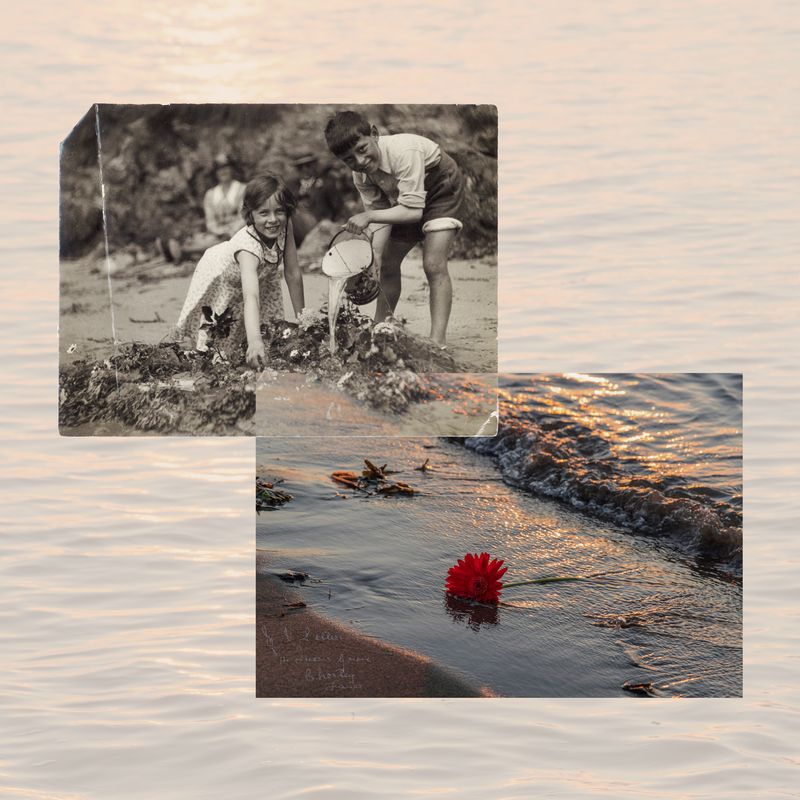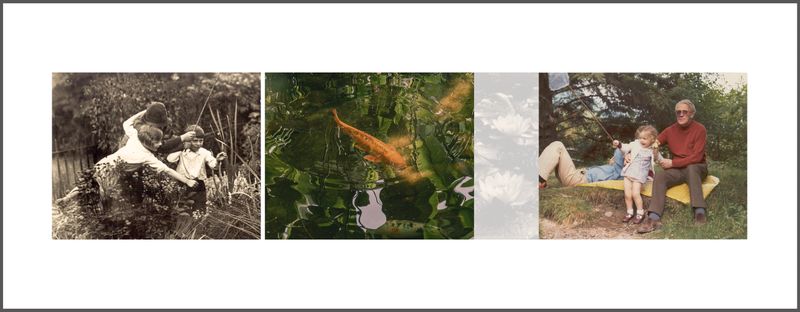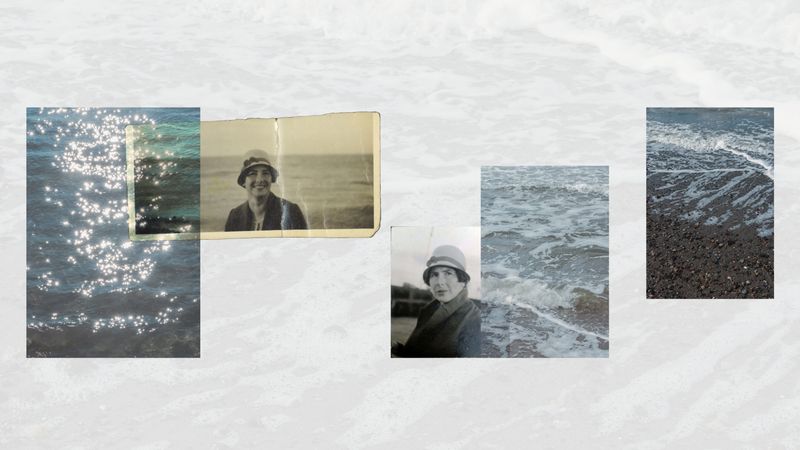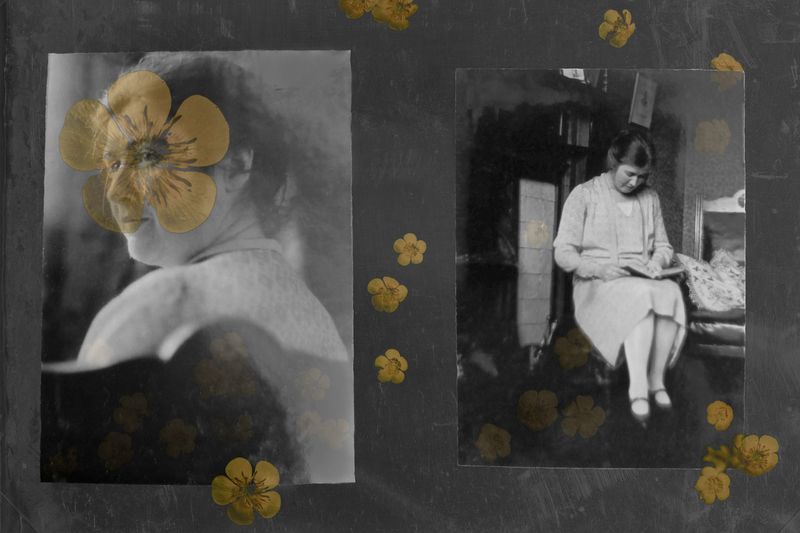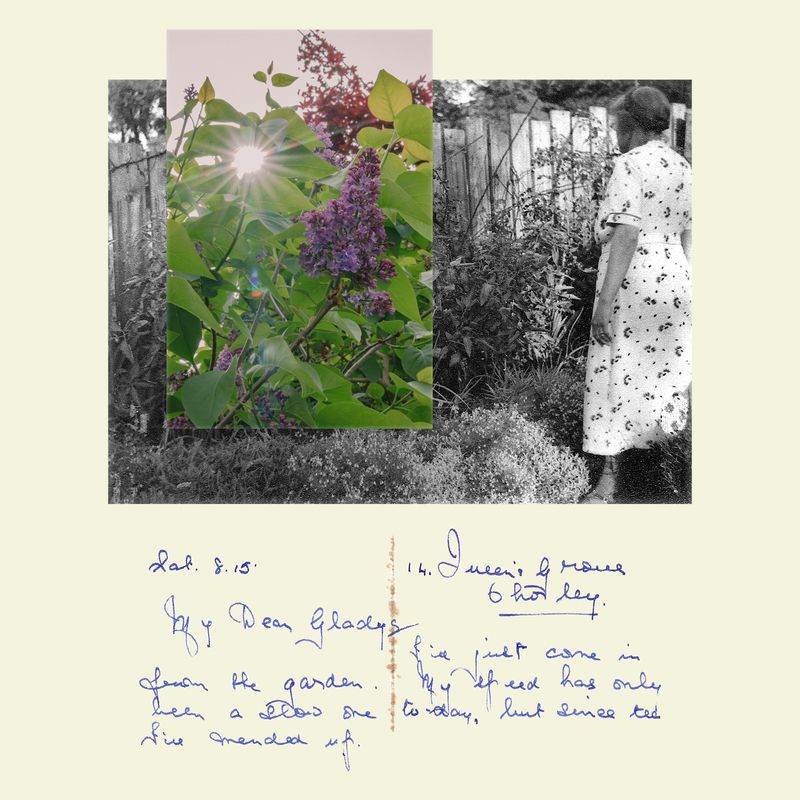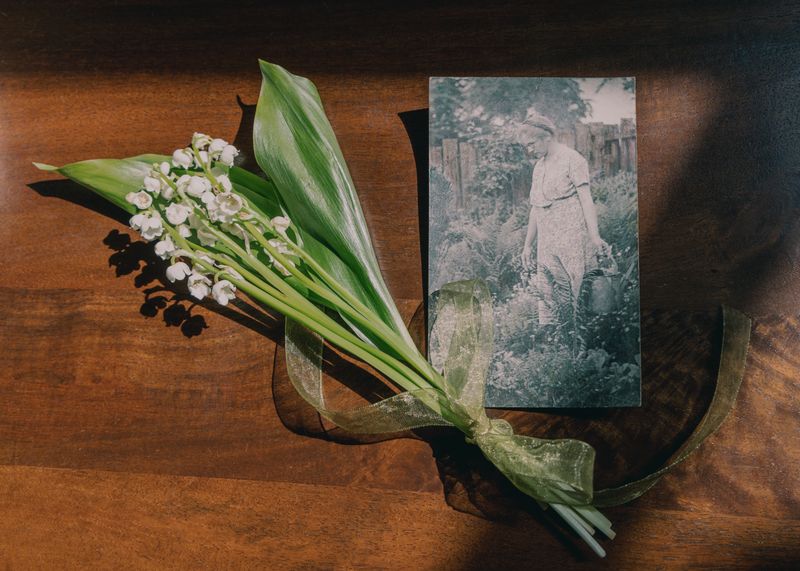The Garden of Maggie Victoria
-
Dates2022 - Ongoing
-
Author
- Locations Chorley, Vancouver
This project honours my great-grandmother Maggie Victoria, who was largely forgotten within my family after dying at an early age in 1943. The series mixes family archive materials with my own contemporary images of the natural world, in order to share a dialogue with a woman to whom I owe my existence, and to restore her story, decades after her death.
I first came across my great-grandmother in January 2022 as I dug through the vast and rather unruly family archives. Her somehow familiar face emerged from a cache of photos mostly captured by her husband – my great-grandfather Frank – a colourful businessman and keen photographer in Lancashire, England.
Following a devastating, fast-moving illness, Maggie Victoria took her last breath in May 1943, aged 56. As was often the way back then, Frank re-married just 10 months later. With grief suppressed amidst the war, she was barely mentioned from then on, her life inadvertently erased.
She would never meet her grandchildren, or great-grandchildren, of whom I am one.
In scouring the archives with my mother and uncle (two of her grandchildren), I have got to know her - through the photographs left behind, the officialdom that punctuated her life, and the letters she and others wrote close to her death.
This body of work combines those materials with my own photography in a series of composites. She was a prolific gardener, so I am responding by incorporating my own, mostly nature-oriented images from Vancouver – many miles and decades away.
Driven by a desire for connection with the past to better understand my place in the world, “The Garden of Maggie Victoria” explores the power of revived memory and grief for someone I never met.
This series considers the changing nature of female identity and representation, as well as how archives influence our understanding of the “truth” about someone.
Anchored in a personal meditation, the themes of family, heritage, place and passing time touch on experiences that affect us all.
The submitted images are part of a growing project in which I consider other themes, such as the roles and representation of women in the early 20th century; what it means when a person’s life is mediated through others; and how archives influence our understanding of the “truth” about a person.
The work in progress may be viewed on my website at: https://www.rachelnixon.com/work-in-progress
